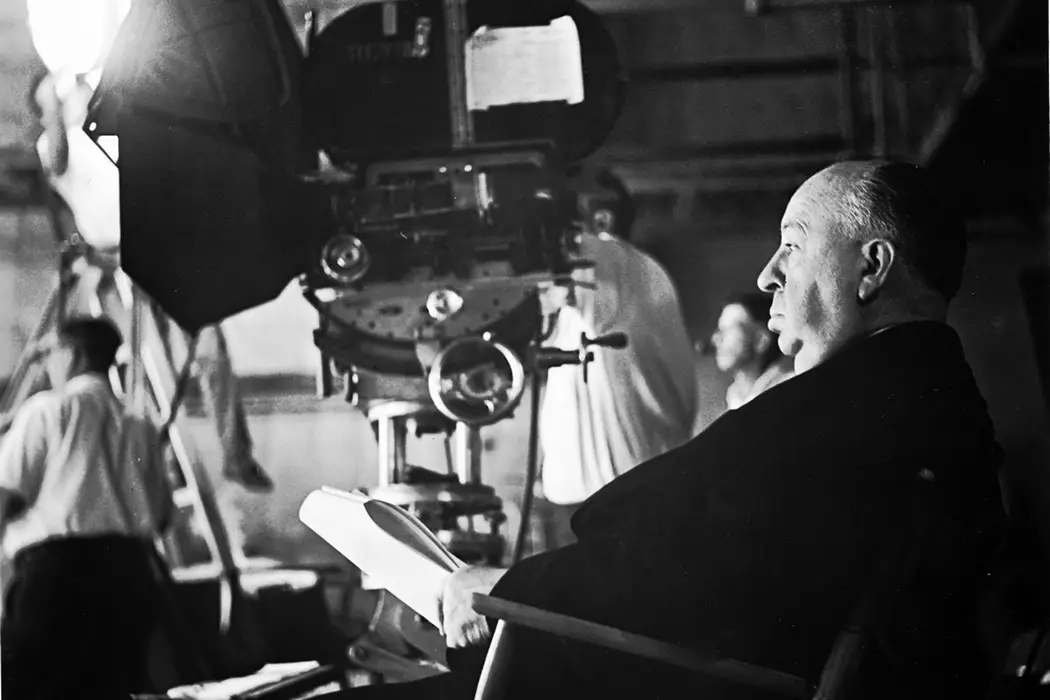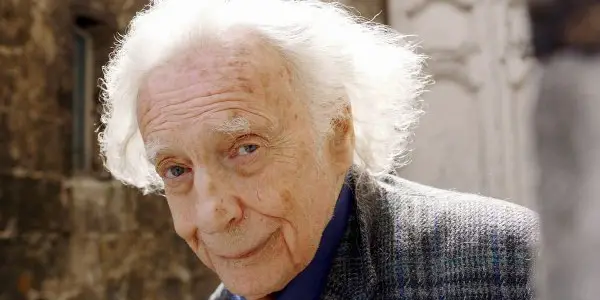A Quick Guide To Auteur Theory

Jax is a filmmaker and producer, and a film &…
Auteur theory. Chances are, you’ve come across it before, at least in passing. You may even already have an opinion on whether or not certain filmmakers qualify as auteurs. Paul Thomas Anderson? Yes. Judd Apatow? Probably not. Uwe Boll? Surprisingly, maybe. Auteur theory actually has a pretty interesting history, and it’s a commonly misunderstood theory. This is just a quick beginner’s guide to the origin story (this analogy will kick in later) of one of cinema’s most popular theories.
What Is It?
It’s all well and good bandying about slick terms like ‘auteur’ and ‘gang boss‘, but without knowing what we’re actually discussing, it’s all a bit pointless. Auteur theory is one particular theory of film authorship, which is an extremely broad subject. Much as it sounds, authorship seeks to find the true source or “author” of a given work.
With many artforms, this is relatively clear (though still debatable!) but due to the collaborative nature of filmmaking, arguments could be made for one or more of several different roles. Is it the writer? The producer? The director? Perhaps the editor? Today, most people will automatically answer director without giving it much thought. Well, auteur theory is the root of that now snap decision. It wasn’t always so clear.
The Roots of Auteur
When discussing auteur theory, young academics often quickly cite French filmmaker and theorist François Truffaut as the original source, in particular his article A Certain Tendency in the French Cinema, published in 1954. However, the seeds for auteur theory were planted in an earlier essay by a different Frenchman. Alexandre Austruc likened directors of film to writers in his hugely influential 1948 essay The Birth of a New Avant-Garde: La Camera-Stylo.
“La Camera-Stylo” literally translates to “the camera-pen”, and in a similar manner to Truffaut touting the notion of the writer-director, Austruc is first to see those filmmakers who both write and direct as members of a higher echelon, having more control and artistic input in the work.

Where Austruc’s goal appears to be calling for a more “poetic” avant-garde, differentiated from the surrealist films of the 1920s and ’30s, Truffaut concentrates wholly on his contemporaries – French filmmakers. Truffaut steers away from the avant-garde and moves towards a more general notion of the filmmaker as author in narrative cinema.
Truffaut does not, however, establish a real theory of auteur filmmaking. His article functions more as a call to action, and would divide theorists in the years following. Andre Bazin, for instance, saw auteurism as needlessly exclusive and elitist, whereas American critic Andrew Sarris grabbed the critical ball from Truffaut and attempted to run it all the way in.
Auteur Gets Some Guidelines
So, because Andrew Sarris‘ heyday was in the 1960s, there’s a half-decent chance you may not have heard of him. He is essentially the Superman of auteur theory. He zoomed in after Truffaut (who I guess is Jor-L, in this analogy), and brought some real structure to auteur. In an article entitled “Notes on Auteur Theory in 1962” (I guess naming things wasn’t his strong suit), he set forth the following basic rules that a film/filmmaker must adhere to in order to be considered auteur, intimated as the highest level of creativity.
- “A great director has to at least be a good director,” or in other words, the film must be technically competent.
- “Over a group of films, a director must exhibit certain characteristics of style, which serve as his signature,” so this is that ability to look at a shot and go, “Oh that is totally Hitchc*ck!” What we’re looking for here is stylistic tendencies over a body of work.
- “Interior meaning is extrapolated from the tension between a director’s personality and his material.” So this is where Sarris starts to waffle a bit, but the basic argument he’s making here is that the more antagonism a director has to push his vision through (producers usually, but sometimes writers), the more meaningful the film ultimately is. The classic example is Citizen Kane (1941), where Orson Welles had to fight tooth and nail to make the film the way he saw it – and it’s now considered one of the top masterpieces in cinema history.
And….that’s it. Sarris leaves a whole lot open to interpretation, and beyond arguing that American cinema is the best going, he leaves much up to the reader to make their own arguments for who should be chosen to belong to this coveted group of filmmakers. This led to critics engaging in long battles over the inclusion or exclusion of certain directors (almost always male). A few of the ones who always seem to make the list are Alfred Hitchc*ck, John Ford, Orson Welles, Ingmar Bergman, and Akira Kurosawa.
Not For Everyone
But wait! Not everyone was on board with this! Enter Lex Luther – I mean Pauline Kael, a contemporary film critic to Sarris and a truly acerbic writer. She openly attacked Sarris‘ work in her response article “Circles and Squares”, and the two would bicker back and forth quite publicly for several years. If drama is your gag, pull up some of their articles and enjoy. However, Kael (and others) made several good critiques of auteur theory.

For instance, by the nature of the theory, all films by an auteur are considered better than any film by a non-auteur. That means that if you take, say The Girl in Number 29 (1920) by John Ford, which for reference, has a 3.0 on IMDB, it is by default a better film than The Maltese Falcon (1941) by John Huston, or at the very least has supposedly more value artistically. Not all proponents of auteur will follow the theory to as strict a degree as that example, which is purposefully an extreme, but it highlights a key weakness of the theory.
Everyone Loves A Comeback Story
Auteur saw a comeback in the ’80s with the feminist film movement. The concepts set forth in auteur provided an already critically accepted base for developments in theories on the female and male gaze. Laura Mulvey was one of the key theoreticians moving feminist film theory forward. Her use of auteur theory for this purpose is especially intriguing because of the dominant male voice behind most proponents of auteur.
In Sarris‘s article in particular, the filmmaker is consistently referred to using male third person pronouns, and women rarely, if ever, are included in any notable lists of auteur filmmakers, despite several female directors more than qualifying (Jane Campion, Maya Deren, Julie Taymor).
Conclusion
From Austruc to modern day, auteur theory persists and remains a favourite among film aficionados. It’s proven adaptable to changing patterns in critical thinking and sexual politics, and continues to be applied to modern day filmmakers like Quentin Tarantino and Paul Thomas Anderson. But it suffers from a heavy air of elitism and exclusivity as well as an over-general definition.
The question also remains of who decides what makes an auteur and what does not? Do you have to be a film critic? And where does the avant-garde fit in? Some argue that auteur finds its niche in the avant-garde, while still others insist that the nature of experimental filmmaking puts it at odds with the theory. The only thing that is certain is that nobody agrees 100% of the time. And why should they? It’s art.
What are your thoughts on auteur theory?
Does content like this matter to you?
Become a Member and support film journalism. Unlock access to all of Film Inquiry`s great articles. Join a community of like-minded readers who are passionate about cinema - get access to our private members Network, give back to independent filmmakers, and more.
Jax is a filmmaker and producer, and a film & tv production lecturer at the University of Bradford and is also completing a PhD about Stan Brakhage at the University of East Anglia. In the remaining "spare time", Jax organises the Drunken Film Fest, binges bad TV, and dreams of getting “Bake Off good” with their baking.











